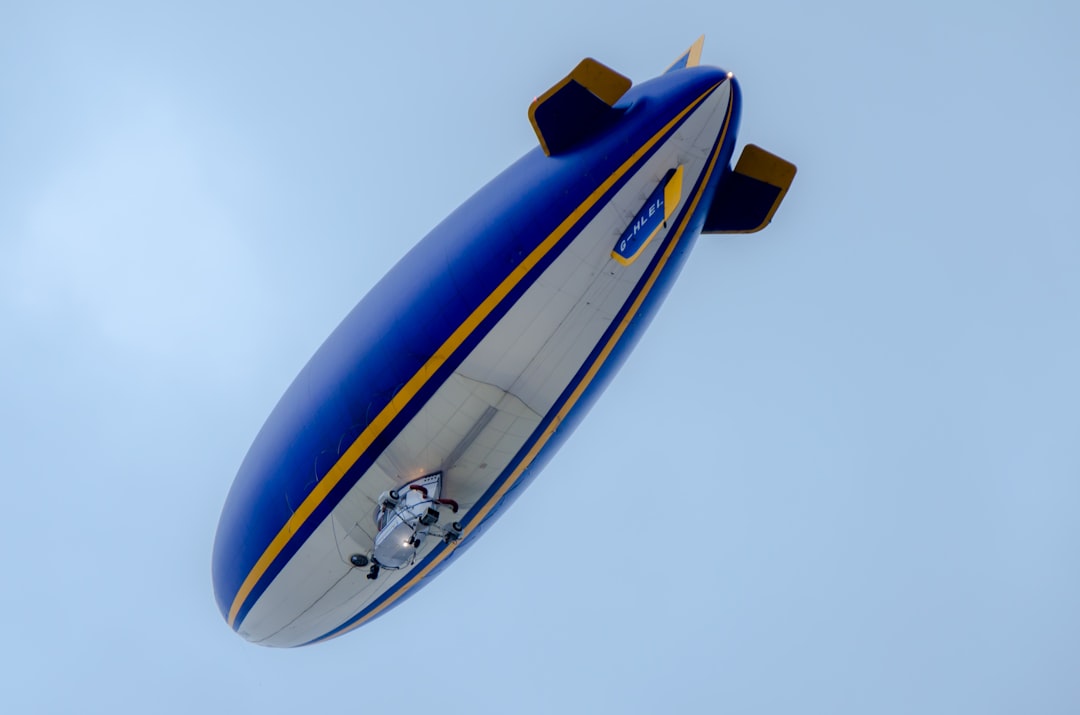What is it about?
It is generally agreed that the stress–strain relationship of the plain concrete under the effect of concentric loading represents the behavior of concrete under eccentric loading. Also, Saatcioglu et al.(1995) concluded that a concrete model based on test results of concentrically loaded columns can be applied in the analysis of RC columns under the effect of eccentric loadings, provided that the model of the confined concrete incorporates relevant parameters of confinement. Here, a question is raised: ‘‘is it likely to use the stress– strain relationship developed for the concentrically loaded FRP-confined concrete to construct the P–M diagram for FRP-RC elements?’’ This study presents the findings of experimental results and analytical evaluation answering the raised question.
Featured Image
Why is it important?
A robust and accurate analytical evaluation for the behavior and strength of exiting structures externally confined with FRP is critical for design engineers to accurately define design details of strengthened/retrofitted structures using FRP composites.
Perspectives
This article could correct understanding the behavior of eccentrically loaded columns and externally confined with FRP jackets. Actually, the assumptions made for steel-confined concrete can not be applied for eccentrically loaded FRP-confined concrete.
Dr Mohamed Fathy Mohamed Fahmy
Assiut University
Read the Original
This page is a summary of: Eccentricity-based design-oriented model of fiber-reinforced polymer-confined concrete for evaluation of load-carrying capacity of reinforced concrete rectangular columns, Journal of Reinforced Plastics and Composites, September 2016, SAGE Publications,
DOI: 10.1177/0731684416667239.
You can read the full text:
Contributors
The following have contributed to this page










